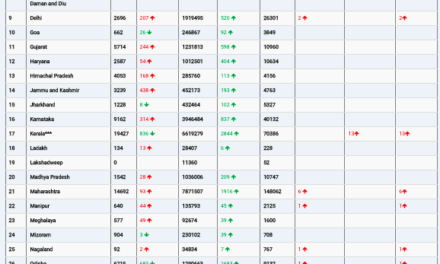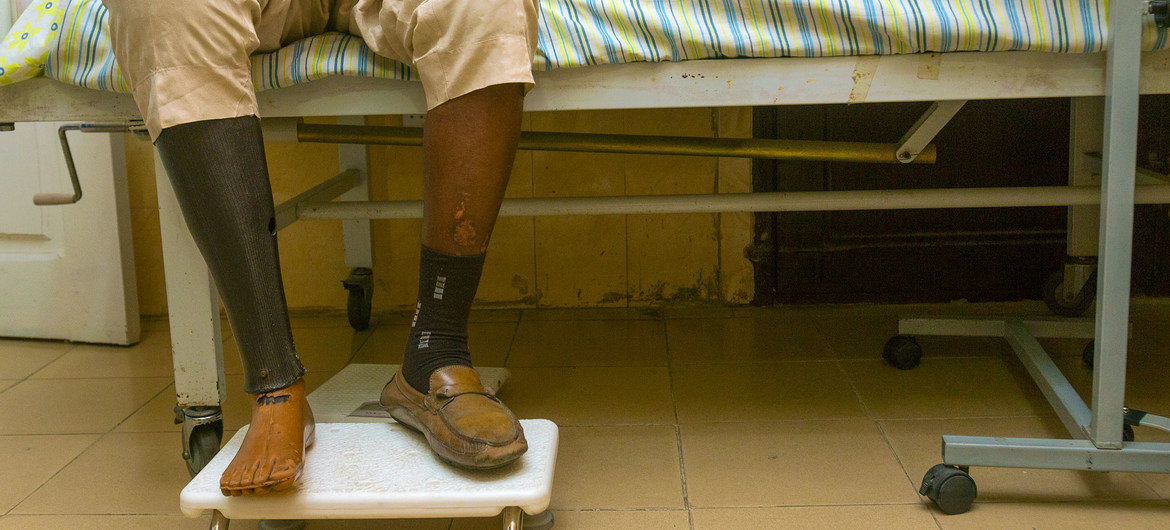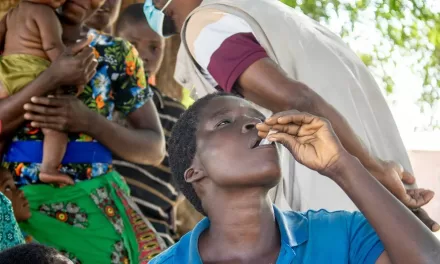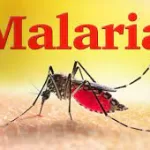Missouri, USA — In a concerning development, the U.S. Centers for Disease Control and Prevention (CDC) confirmed on Thursday that a second individual in Missouri has been infected with the H5N1 bird flu virus, despite having no known exposure to poultry or dairy cattle. This new case marks an alarming chapter in the ongoing outbreak of avian influenza, which has already raised public health concerns across the country.
The patient, who shares a home with an individual hospitalized in August for the same virus, does not have any documented contact with infected animals. Health officials noted that antibody tests conducted on healthcare workers who treated the initial patient showed no signs of infection, suggesting that the transmission is not occurring between humans in this case.
CDC officials emphasized the importance of understanding the source of these infections. “The fact that these two individuals had identical symptom onset dates supports a single common exposure to bird flu rather than person-to-person spread within the household,” the agency stated. However, investigations have yet to reveal how the Missouri patient and their household contact became infected, raising questions about potential undetected exposure routes.
While the CDC maintains that the immediate risk to the general public remains low, they acknowledge that those with direct contact with infected animals are at a higher risk. Alarmingly, the number of human cases connected to livestock is increasing rapidly. California reported 15 human cases of bird flu this week, and Washington state confirmed two poultry workers infected with the virus, with five additional cases presumed positive. With the exception of the two Missouri cases, all infections have been linked to direct exposure to infected poultry or cattle.
Public health experts are becoming increasingly concerned about the potential for human-to-human transmission of H5N1. Dr. James Lawler, co-director of the University of Nebraska’s Global Center for Health Security, stated, “We should be very concerned at this point. Nobody should be hitting the panic button yet, but we should really be devoting a lot of resources into figuring out what’s going on.”
The outbreak has also impacted the dairy industry, with over 338 dairy herds in 14 states confirmed to have been infected since the outbreak in dairy cows was first reported in March. The spread of avian influenza among wild and domestic birds has been ongoing in the U.S. for several years, creating a complex and challenging public health situation.
Dr. Matthew Binnicker, director of the clinical virology laboratory at the Mayo Clinic, echoed the call for vigilance, suggesting that the two Missouri patients might have been infected by the same source, or one might have transmitted the virus to the other. “I’m really hoping that they ultimately find out that there was some likely animal exposure, because the alternative is a little bit scary,” he remarked.
As health officials continue their investigation, they stress the need for heightened awareness and monitoring to prevent further spread of the virus. Public health agencies are urged to remain vigilant as they navigate the complexities of this evolving situation.











